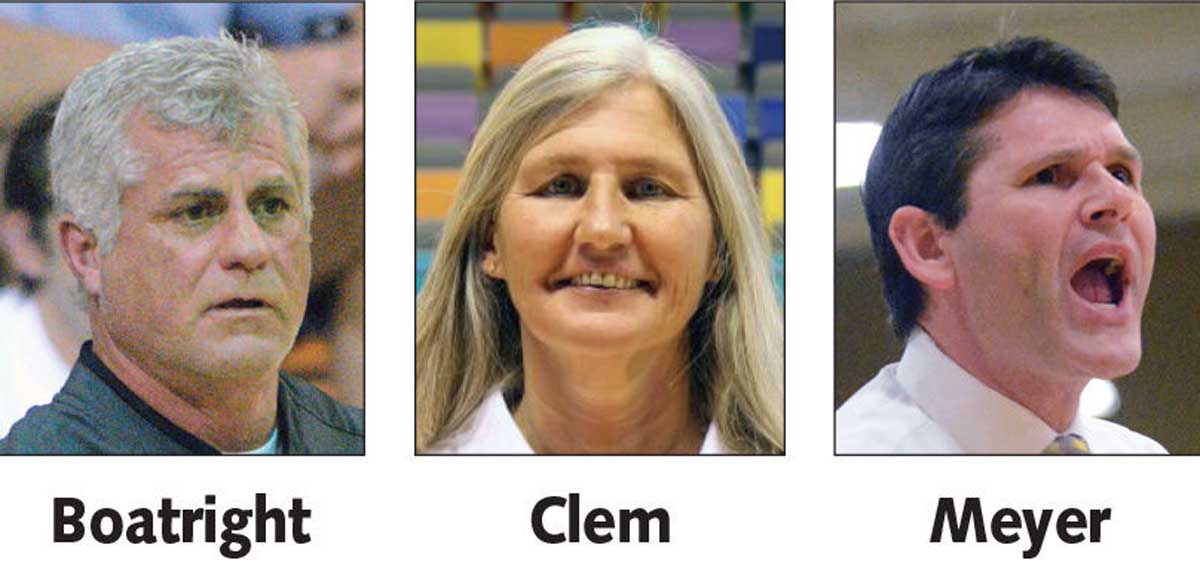Smith Lake residents unhappy with county’s plan
Published 12:00 pm Sunday, November 15, 2009
Many Smith Lake residents expressed concerns Saturday about Cullman County’s proposal to take water from the lake, as well as displeasure about the conflicting water source ideas.
Cullman County Water Department representatives presented the Cullman County Commission’s plan to approximately two dozen Smith Lake residents Saturday, following the annual State of the Lake meeting.
The two county commissioners who proposed the plan — Doug Williams and Wayne Willingham — were not in attendance. County water department manager David Bussman said they had prior commitments and were unable to come.
The county has proposed purchasing and upgrading the treatment facilities at Lake Catoma and constructing a new treatment facility that would pump water from Smith Lake. Included in the proposal is the creation of a regional water board to oversee water distribution in the county.
The city’s secondary water source plan will build a dam on Duck River to create a 640-acre lake and a six-mile pipeline with a 32-million-gallon-per-day capacity. The reservoir would resemble the one at Lake Catoma, currently the county’s sole water source.
Currently, the city — through the Cullman Utilities Board — controls and sells all water distributed from Lake Catoma.
Cullman Mayor Max Townson has previously said the city is going ahead with the Duck River project and not signing on with the county’s plan. He has also said the city will not sell the Lake Catoma treatment plant.
Three area water systems — Walter, East Cullman and Johnson’s Crossing Water Authorities — have already signed contracts with the city for the Duck River project.
One lake resident wondered if allowing the county access to pump water from the lake could make the water level drop too low.
“If you let them get a finger in, they’ll eventually suck the whole lake dry,” she said, as the small crowd erupted in applause. “That’s the concern I’ve heard, because it’s going to affect a lot of people.”
Chris Cousins, with the county water department’s engineering firm Municipal Consultants, said the amount of water the city would take from the lake would be too small to notice with to the naked eye.
Another lake resident said he believes the city and county should work together for the good of the area to solve the water issue.
“We all need water,” he said. “The city’s not going to sell their treatment plant, and why would they?”
If both plans eventually do go forward, one lake resident was concerned there could be too much water and not enough customers in the area.
“This is stupid to prepare this, because you’re going to end up with over-capacity,” he said. “You have to drop one [project], or else one is going to end up going bankrupt in the future. … The thing with Smith Lake is that it’s all smoke and mirrors.”
Another lake resident said he believes the debate between the two sources was purely political.
“It’s just a political thing between the county and city,” he said. “Each side is just pushing the other.”
State of the Lake
Smith Lake is doing fine.
Skipping over a half dozen graphs and charts, Dr. Bill Deutsch — with the Auburn University fisheries department — stated his take on the lake’s status Saturday at the annual State of the Lake meeting in Dodge City.
“The lake, right now, is in pretty good shape,” Deutsch said of the 21,200-acre body of water.
Looking at long-term statistics, Deutsch said the lake has almost always produced clean water when compared to other lakes in Alabama.
“It has a very clear ranking by ADEM (Alabama Department of Environmental Management), with a lot of stability,” he said. “Historically, Smith Lake has been a clean lake.”
Though the lake is doing well now, it does not mean problems will not be coming down the pike.
Both the Rock Creek and Ryan Creek watersheds that feed into the lake are listed as “impaired” by ADEM.
Alabama Water Watch representative Mona Scruggs said her agency is already working on a plan to improve water quality in the two areas.
“Our plan is to included activities to bring pollution back into a level acceptable by ADEM,” she said. “We will evaluate the watersheds and see what needs to happen to improve those areas … Those areas are being affected by activities on the ground.”
Eric Reutebuch, also with Alabama Water Watch, said recent readings have also shown water quality in some areas of the lake dropped considerably during the 2007 drought.
“It was hot and dry and there were constantly problems during the drought,” he said.
If another drought does occur, Reutebuch said the same thing could happen again.
Trent Moore can be reached by e-mail at trentm@cullmantimes.com, or by telephone at 734-2131, ext. 225.





